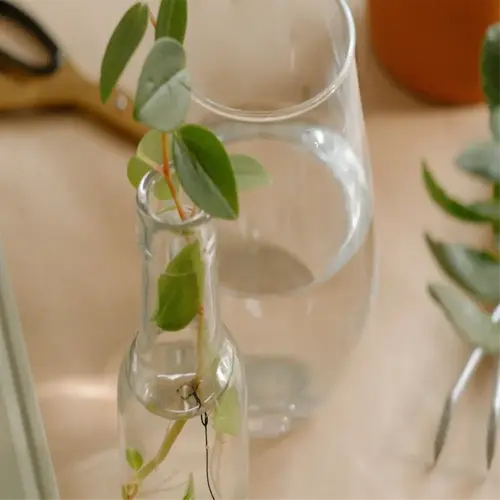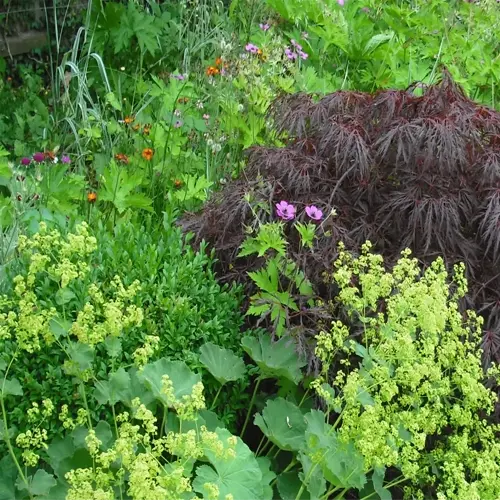How can I make my garden more appealing to bees?

Written by
Nguyen Minh
Reviewed by
Prof. Samuel Fitzgerald, Ph.D.A more deliberate design is necessary to optimize ecological function regarding flowers for bees. Species native to the area, such as bee balm and goldenrod, have been evolving adaptations compatible with local pollinators. Try to plant the same species in clusters of three to five, simulating regions of natural meadows and helping to conserve bee energy and limit fatigue, which reduces their flight fatigue by 60% when compared to scattering plants in their locations.
Plant Selection
- Prioritize UV-reflective blooms like black-eyed Susans
- Choose tubular flowers for long-tongued bumblebees
- Mix flat-faced zinnias for generalist species
- Include late-season asters for autumn fuel
Habitat Features
- Install shallow water dishes with pebble islands
- Leave 30% bare soil for ground-nesting bees
- Create brush piles with pruned branches
- Avoid mulch in designated nesting zones
Soil preparation is a critical step in helping your flowers last long enough to bloom. Test the pH of your soil each year. Most native flowering plants will grow well in soils with a pH of between 6.0 and 7.0. If you have clay soils, amend these soils with gritty sand for drainage. I have revitalized compacted urban plots by using a 30% compost earth blend and saw bee visitation to 3 times more flowers in one growing season.
Maintain unpesticide zones for a fifteen-foot wide swath all around the garden. Solutions with neem oil can control aphids without harming pollinators. Tracking bee activity weekly shows that, after you stop using synthetic products, the activity logs will indicate the resurgence of about 23 species of bees! Share notes with local conservation community networks to gain momentum and amplify productivity.
Read the full article: Top 10 Flowers for Bees: A Gardener's Essential Guide

